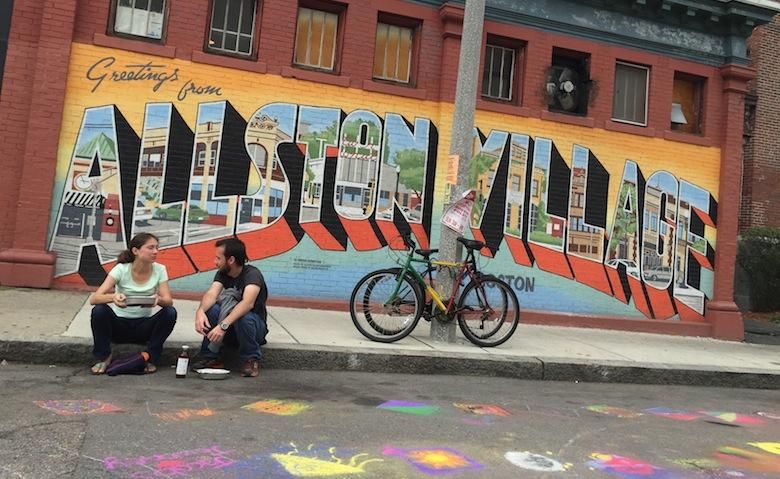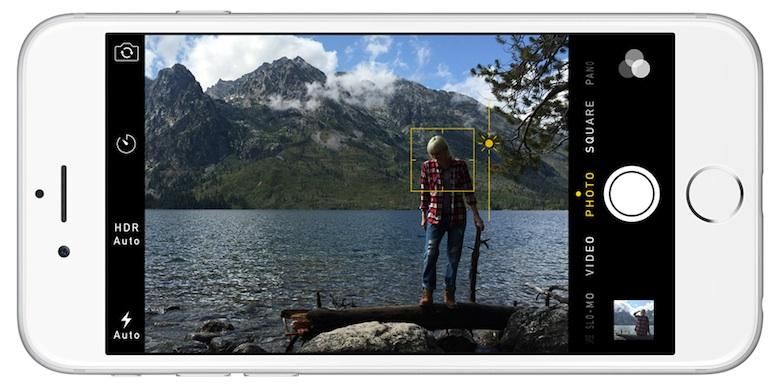Apple calls the iSight camera dotting the back of its iPhone “the world’s most popular camera,” and whether or not you agree with that bit of marketing-speak, you’ve got to hand it to the company: the iPhone has carried some impressive optics for a few generations now.
The iPhone 6 camera boasts an 8-megapixel sensor with a pixel size of 1.5 microns and an aperture of f/2.2. It doesn’t offer the fancy optical image stabilization of its bigger sibling, but it does carry a form of digital stabilization that combines four short exposures into one refined end product. There’s also improved face detection, faster autofocus, and (finally) manual exposure control, along with a slew of video improvements we’ll cover more fully in our written iPhone 6 review, available soon.
iPhone 6 camera samples: daylight
Daylight photography is seldom a problem for modern smartphones, and the iPhone 6 camera does well here. Colors are quite accurate, if a little on the dull side in some shots. We’re not crazy about Apple’s decision to avoid including HDR information in its EXIF data, though; given the iPhone 6’s more “subtle” HDR effect –demonstrated in our Galaxy S5 vs iPhone 6 video– it’s often harder to tell which shots are HDR and which aren’t. Digital noise is also evident in some photos, especially noticeable where the bokeh blurs the details on the close-up images.
Comparing these 8-megapixel photos to outdoor 5-megapixel photos from a Lumia 1020 clearly shows that the iPhone ain’t no Nokia. (But then again, few phones are these days.) In sum: it’s a good camera, in good lighting.
iPhone 6 camera samples: low light
In not-so-good lighting, output takes the usual dive in quality. Most photos taken in dimly-lit scenes are blotchy, with very little detail resolving properly. The photo of the intersection at night (seen below) shows lit-up storefront signs as unreadable blobs of white, while the shadows are equally void. The subway tunnel image is striking in low-resolution, but when zoomed in becomes a blurry mess.
While these shortfalls may be the norm for smartphone cameras, that reality is changing. The aforementioned Lumia 1020 continues to set the high bar for low-light photography, but other contenders like Sony’s Xperia Z2 and HTC’s One M8 are also noteworthy contenders in this space. The iPhone isn’t the worst we’ve seen in low light, but it’s also far from the best.
iPhone 6 camera sample: video
In camcorder mode, the iPhone 6 certainly has its high points. There may be no OIS here, but the digital stabilization is among the best we’ve seen. The 60fps capture results in silky frame rates; auto-exposure and auto-focus are quick without being jarring; and the slow-motion mode is handy for some quick fun (especially when played back on the iPhone, whose gallery and iMovie software makes for a much more dramatic experience than our quick Final Cut edit below). Color seems to lack some punch, but overall we’re looking at a fairly solid shooting experience here – especially if you’re trying to capture audio from a busker or even an outdoor concert.
We’ll have more iPhone 6 camera samples and impressions in our full iPhone 6 review coming soon. For now, we’ll say that while Apple’s latest smartphone snapper doesn’t always blow us away with every photo, it doesn’t disappoint us either. The iPhone’s reputation as a sturdy shooter looks secure for now.
Adam Z. Lein contributed to this report.
•
Looking for more iPhone coverage from Pocketnow? Look no further than iPhone 6 vs Galaxy S5 and iPhone 6 from the standpoint of a Windows user. If you need something a little “bigger,” watch us compare the iPhone 6 Plus to everyday objects and put it up against Oppo’s Find 7a, and see how its camera does in Taylor Martin’s iPhone 6 Plus camera samples showcase!




